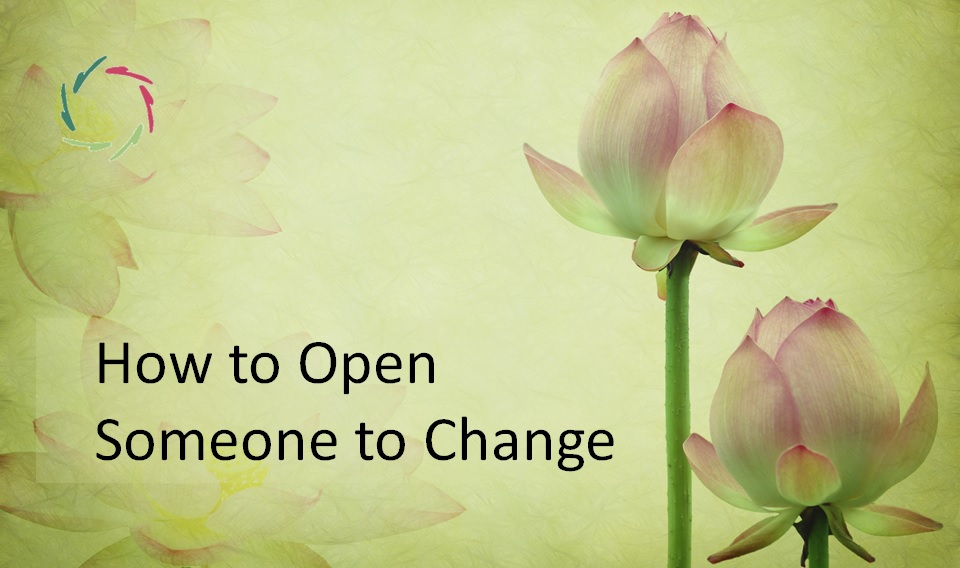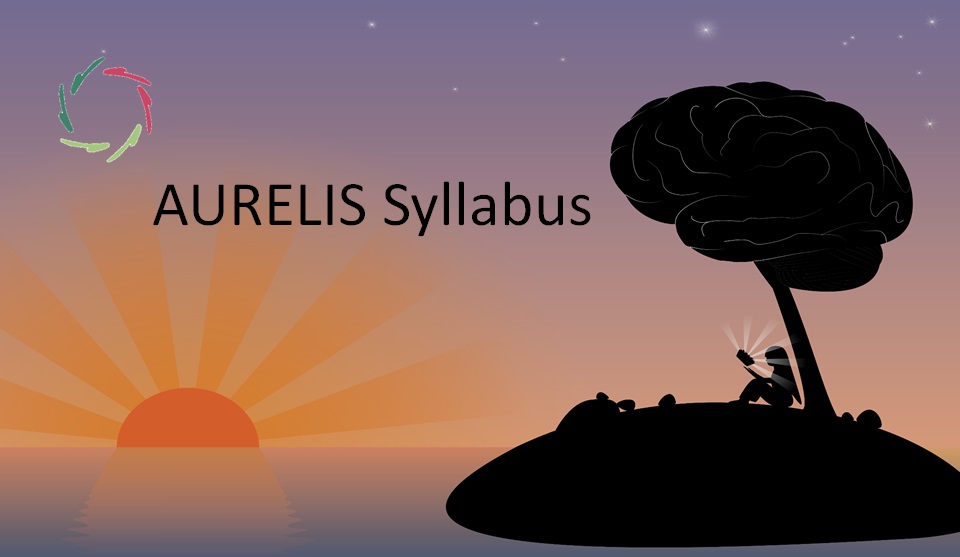Coaching Note on Communication

To communicate = everything at once. Any division is artificial.
Give people what they really want in your communications.
In other words, try to get the colorit and respond to that, instead of responding to what you think the person might feel or might need on the surface.
In the human painting, the colorit is always important.
People can be very grateful when you show them that you understand them from within.
With one warning, of course: the person may have resistance to what is going on inside. Then, for you as a person, it is a risk to be connected to this.
In a coach-coachee relationship, you would do well, as soon as you notice this resistance, to be open about your concern in this regard.
But more frequently, people are mainly talking besides each other.
In action-reaction, this game can last for a long time (many years).
This is no coincidence. It is related to how nature (evolution) created us: good enough, no more than that.
The problem is that it’s difficult to test this colorit directly since it mainly lives on a non-conscious level in both partners.
This can be solved with a lot of patience from the coach:
- You make an assumption.
This woman wants her husband to love her above all.
- You are waiting for an excellent opportunity to say something based on your assumption.
We talk a lot about your husband here, don’t you think?
- You yourself do not put forward your assumption, but you give the coachee an opening to do so.
How do you see the future with him? Would you like it differently?
The hardest thing in communication is ‘open attention.’
To do this, you must be able to let go of conscious control over your attention.
‘Open attention’ does not mean that you divide your attention over as many details as possible. The ‘openness’ does not lie in the object of your attention but in the subject: yourself.
‘Openness’ means that you do not immediately project your thoughts or even form a new opinion.
You halt the process of rapid opinion-forming within yourself
Especially if it takes up space for yet another opinion. An opinion arises? OK. You stay open. Maybe after a short while, something completely different comes to mind. Through this process of staying open, your non-conscious gets the chance to develop. Try to make every opinion/thought/judgment come to mind as spontaneously as possible.
This takes practice, but everyone can do it, and as an AURELIS coach, you will have many opportunities to do so. You also get a lot of opportunities to discuss this.
This is similar to the process of ‘free association.’
What should be ‘free’ in this is the non-conscious (deeper self). This means free-from all-too-direct concept-to-concept associations from conscious thinking (ego-thinking).
Therefore, not: ‘you are free from things outside of you.’
But: ‘your non-conscious is free from your conscious thinking.’
The latter, by the way, is the real freedom that so many strive for
and which they wrongly seek in projections outside themselves.
True freedom does not consist in a projection outside oneself. True freedom is all within and then goes from all the way inside to all the way out. One is no longer trapped inside the walls. One goes to the space within, bordered by the walls, and from there to the space outside the walls.
One can go very far in this process of stepping outside the walls.
Openness
is openness to inwards
and from there
all the way out!
A Zen teacher receives a Westerner who immediately asks him all kinds of specific questions: “How long does one have to meditate to achieve enlightenment?”. Meanwhile, the Zen teacher pours tea and keeps on pouring. The cup overflows, and yet he continues to pour tea. The western wonders why. The Zen teacher explains that this symbolizes the Westerner: “How can you get more tea in your cup when it’s already full? Anything you want to pour in just overflows and is wasted.”


